
Are you looking to make your website technically optimized for users to have a better experience and for Googlebot crawlers to easily crawl, index, and render your website contents?
Then look no further, as, in this ultimate technical SEO guide, I’ll be discussing the most relevant technical SEO elements, including hreflang tags, page speed, and many others.
Therefore, I urge you to read on.
Table of Contents
Technical SEO: What Is It All About?
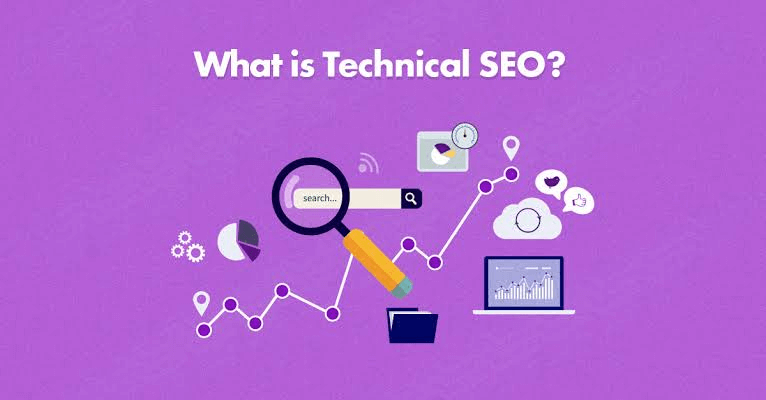
Technical SEO is a component of on-page SEO and it involves technically enhancing the characteristics of your website so that it can garner higher organic rankings.
It is a critical aspect of the whole SEO web where you employ elements such as crawling, indexing, making your website faster, rendering, and website architecture to make your website more comprehensive to search engines.
With technical SEO, your goal is to optimize your website and your content to meet the technical demands of Google and other modern search engines.
To what end? Better rankings and better traffic.
A lot of business owners and marketers have hopped onto this moving train already, and if you haven’t, you better hop right in for the best results SEO-wise.
Why Is Technical SEO Important?
Technical SEO is an essential arsenal to arm your web pages with because:
- Your site will rank higher on Google and other search engine platforms.
- Better rankings mean higher traffic to your website.
- Higher traffic will generate more click-through rates, which is what you need.
- You retain your customers because of the positive user experience they get.

When an internet user makes a search query on a search engine, say Google, Google’s robots crawl through the internet to find web pages that are most suitable for the search query.
Technical SEO is what makes Google robots find your website easily.
Therefore, you need to ensure that you optimize your web pages fully so that they are mobile-friendly, secure, fast-loading, devoid of duplicate content, and the other technical SEO stuff that you’ll learn shortly.
How Can You Improve Your Technical SEO?
Now that we’ve gotten to the good stuff, here are the most basic technical SEO tactics to employ to have better rankings.
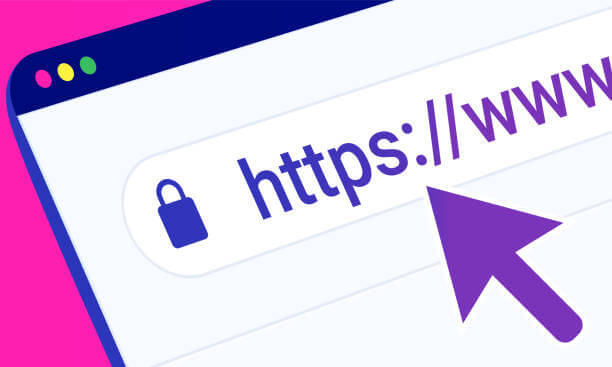
1. Make Your Website Secure
A secure website is a website that is technically optimized. The two go closely together.
You should ensure that your website is safe for visitors and that you guarantee privacy.
One of the most basic things to do to secure your site is to employ HTTPS.
HTTPS simply stands for Hypertext Transfer Protocol and the S represents Security Socket Layer, which is the security protocol that keeps site contents secure.
HTTPS ensures that there’s no interception in the data that is exchanged between the site and the user’s browser.
The SSL certificate ensures that the credentials of your visitors are safe once they log in to your website.
You should make sure your website is HTTPS-compliant because it is a super-important ranking factor for Google and they place a high premium on security.
You can check if your website is secure on most browsers.
Check the search bar, on the left-hand side for a lock. If it’s there, your site is safe.
However, if your site is not HTTPS-certified, then you’ll see a “not secure” tag.
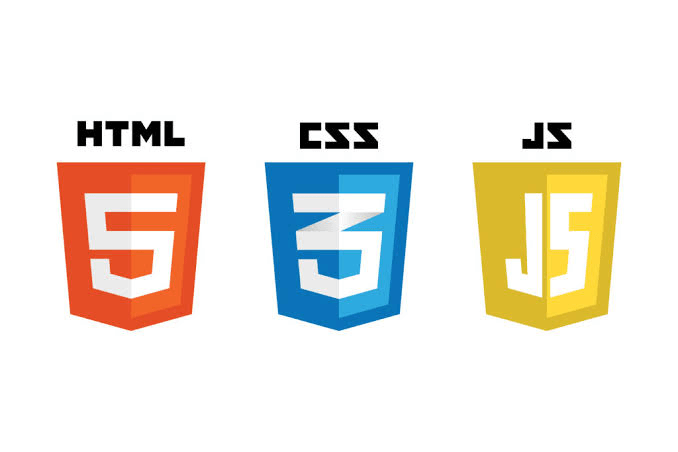
2. Javascript, HTML, and CSS
These are also critical elements of technical SEO that you need to use, and they are all programming languages.
HTML refers to HyperText Markup Language and is the foundation as well as the load-bearing wall of your website.
It provides the basic structure that the browser of your users will require to display the contents of your website.
Javascript is the language that supplies the codes needed by the functional parts of your website. It makes your website elements flashy as well as dynamic.
CSS stands for Cascading Style Sheets and is the language that codes for the fonts, colors, and overall appearance of your website.
Without CSS, your website will not be appealing to visitors.
As you may have noticed, all the elements above contribute to a positive user experience, which is an essential factor for ranking well.
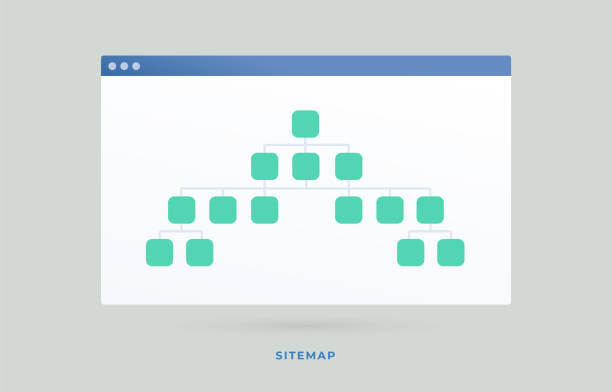
3. XML Sitemaps
The XML sitemap is one of the most critical elements of technical SEO, and it is an XML file that displays all the posts, pages, and content on your site, functioning as a roadmap for Google and the other search engines.
It helps to ensure that search engines don’t miss any notable content on your web pages. The XML sitemap is important when search engines are crawling your website.
The XML sitemap is usually classified into pages, posts, tags, or other types of custom posts.
It also includes their titles, the number of images on every page, the date you published them, and the last date you modified them.
A good technical SEO tip is to only include in your XML sitemap pages, posts, and categories that are important to your website.
Don’t include author pages, tag pages, or any other page that doesn’t have unique content.
Additionally, ensure that with every new page you add to your site or with every update to an existing page, the sitemap automatically updates itself.
4. Structured Data
Structured data is an important technical SEO tool because, with structured data, Google gets a better understanding of your business, your content, and your website in its entirety.
You can describe to Google and other search engines the products you deal in and provide details about them.
Because you structured this description in a certain format, search engines can find and understand them easily, thereby putting your content in a bigger light.
Structured data, besides making your content more comprehensive, helps your content stand out in the search results.
5. URL Structure
You should ensure that your URLs have a logical and consistent structure throughout your website.
That provides your visitors with good information about their location on your website.
6. Duplicate Content
Duplicate content tends to confuse Google and other search engines.
When you have the same content on different pages on your website, it creates so much confusion because the search engines won’t know which one to rank the highest.
Therefore, they rank the pages having the same content lower on the search engine results page.
One bad thing about duplicate content is that you can have this problem without knowing it.
For some technical reason, the same content may feature on different URLs.
Your visitors won’t even know, but the search engine will know because it’ll see matching content on multiple URLs.
One way you can fix this problem is through a canonical link that allows you to point out the original page or the page that you’ll prefer to rank on Google or other search engines.
7. Thin Content
Thin content is articles, blogs, or web pages that do not provide Googlebot crawlers with enough information to work with.
They lack internal links that’ll direct the crawlers to the other related pages on your website.
Since search engine robots use links to discover the contents on your site, when you have no links, it harms your ranking.
If your content doesn’t adequately satisfy a user’s search query, it can also be thin content.
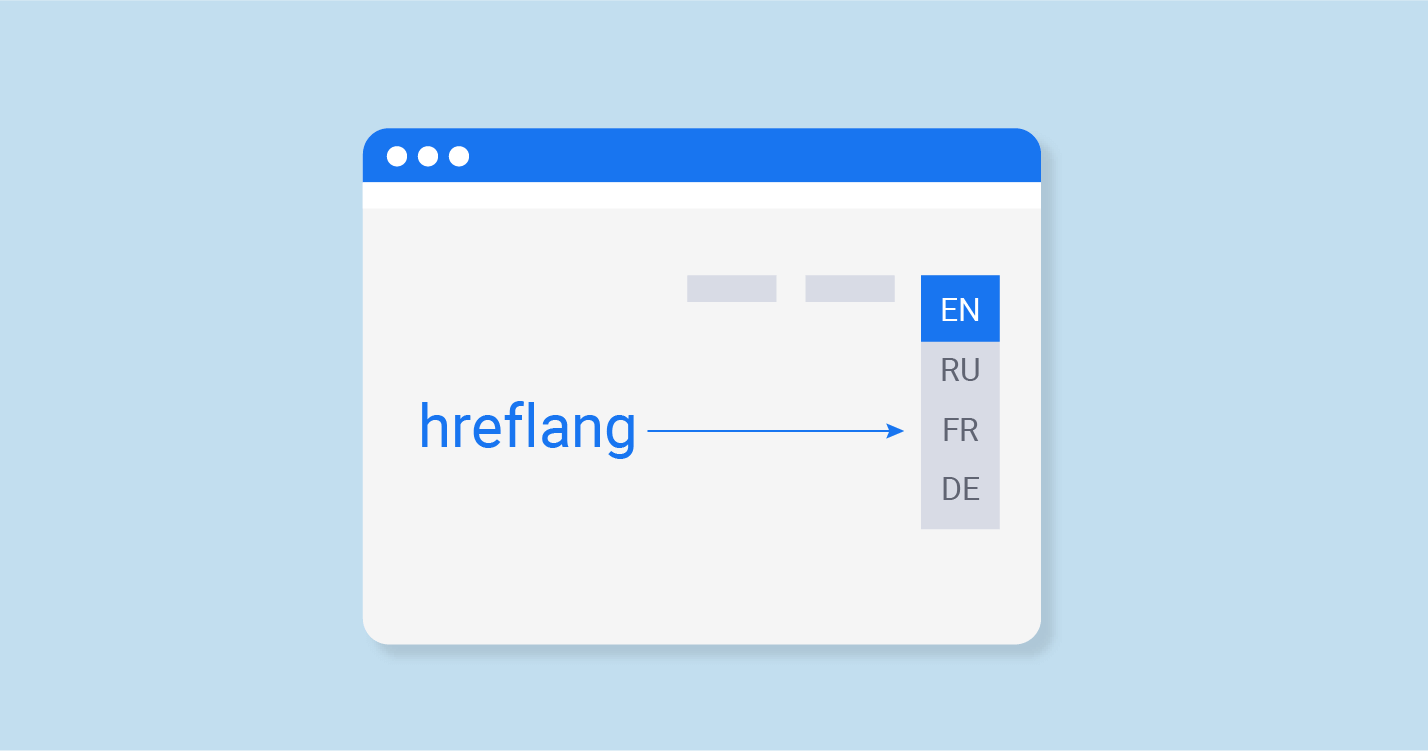
8. Hreflang Tags
This technical SEO tool is very important for websites that have content in multiple languages.
If you have an international website, you need to make your content resonate with people across different cultures and languages.
Therefore, you need a multilingual website. You cannot achieve this effectively without using hreflang tags.
Hreflang tags provide search engines with detailed information about the overall structure of your website and its content.
Through this information, they can provide the right content to visitors, meaning English speakers will get English content, and so on.
Hreflang tags also decrease the chance of having duplicate content on your website and indexing challenges.
Even though it’s understandably difficult to set up, the advantages of setting it up far outweigh the cost.
Therefore, if you want your content to be relevant to visitors from multiple regions, countries, and different languages, employ hreflang tags. It works like magic.
9. Canonical Tags
As I’ve mentioned earlier, canonical tags are an important technical SEO tool for curbing duplicate content.
They are very useful if you have web pages with similar content or pages with minute differences.
Canonical URLs tell Google the original or the main page so that they can rank it with user search.
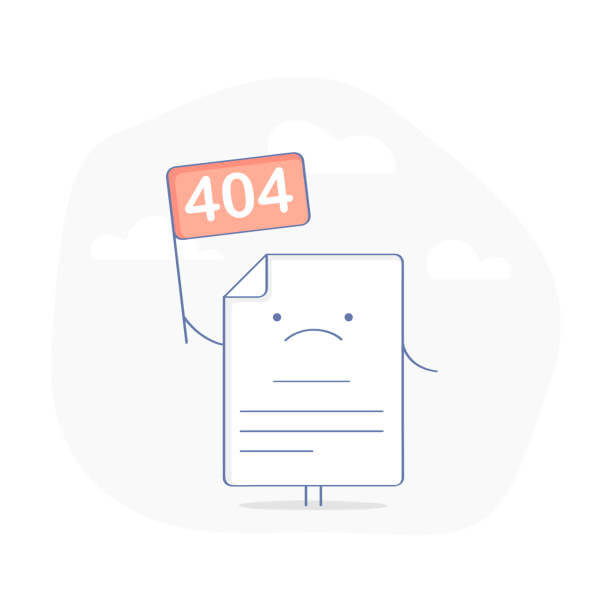
10. 404 Pages
404 pages are pages that are shown to visitors when they click on a dead link or when the page they want to go to doesn’t exist or has been deleted.
It can be more frustrating for visitors than a slow-loading page. Even search engines dislike 404 error pages as well.
By all means, optimize your website so that there are no dead links on your site.
However, it can be difficult to eliminate all the dead links on a website because websites develop continuously.
To reduce dead links on your site, when you delete a page or change the URL, you should redirect the URL to the new page you created to replace it.
It is also good practice to tell visitors nicely that the web page they wanted to visit no longer exists.
You can also make the experience less annoying by providing easy routes for them to return to the previous page, go to the homepage, or any other important web page on your site.
Additionally, there are tools you can use to remove the dead links afflicting your website.
11. Page Speed
Fast page speed works wonders ranking-wise.
With the average attention span at its lowest for years, nobody has the patience to sit around and wait for your website to load when there are faster alternatives.
A 2016 study showed that as much as 53 percent of visitors to mobile sites leave the website if it doesn’t load within three seconds.
That’s a figure you don’t want working against you.
Therefore, if you have web pages that load slowly, you’ll need to optimize them and make them faster.
Otherwise, visitors will get frustrated with your site and go elsewhere.
A slow website means poor user experience, which ultimately leads to lower search engine results page rankings.
A good tip to make your website faster is to optimize your images and videos so that they are of the optimal size and format.
12. User-Friendly Sites
Making your website user-friendly is a very effective technical SEO tool.
It means you place a high priority on user experience (which Google appreciates) and the structure of the mobile version of your site.
You can make your website friendly to visitors by incorporating mobile-first indexing.
This tactic is very important because Google uses it as a ranking factor.
That means you have a fast, mobile version of your website that has the same content as the desktop version.
Additionally, your mobile version should load very fast, and it should be less than six seconds when you test it using the 3G network.
Popups are not user-friendly and you should avoid them at all costs.
You can also feature Accelerated Mobile Pages on your website for better results, as they make mobile web pages load faster and can boost your click-through rates from mobile users.
Accelerated Mobile Pages is a kind of HTML open-source framework that Google created to assist web developers in building websites that are relevant to mobile users.
This tool is very important because it grants you access to more than 50 percent of internet traffic that uses mobile devices.
Conclusion
We’ve come to the end of this ultimate technical SEO guide.
I know there are many elements and it can be very daunting to implement each one of them at once.
However, you can start from somewhere and employ the others with time, just as Rome wasn’t built in a day.
Finally, as you may have noticed, technical SEO is a big baller in the SEO world, and to rank high amongst the best websites, is a must!

